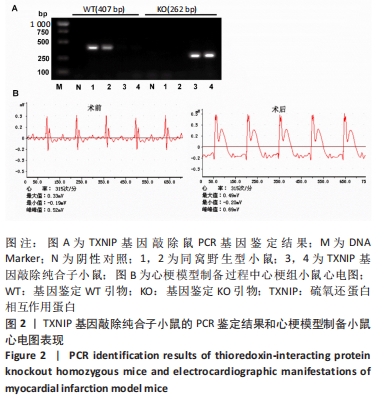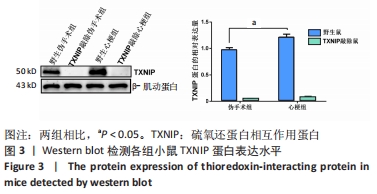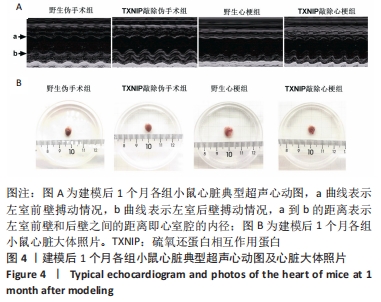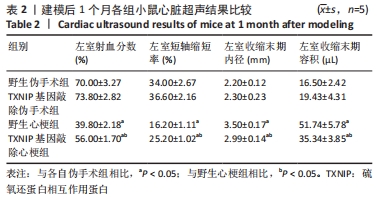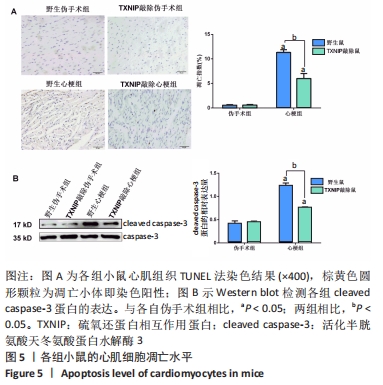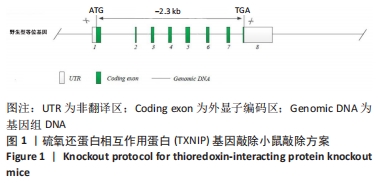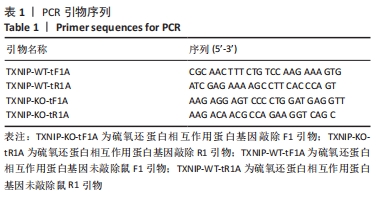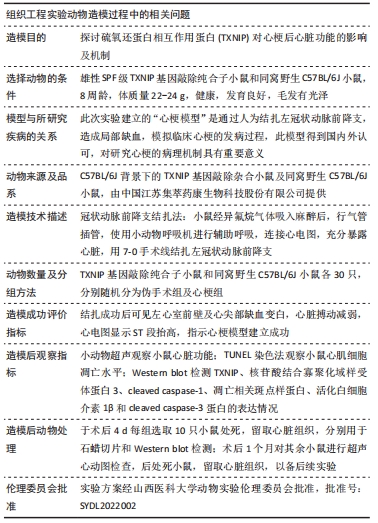[1] NUNEZ-GIL IJ, RIHA H, RAMAKRISHNA H. Review of the 2017 European Society of Cardiology’s Guidelines for the Management of Acute Myocardial Infarction in Patients Presenting with ST-Segment Elevation and Focused Update on Dual Antiplatelet Therapy in Coronary Artery Disease Developed in Collaboration with the European Association for Cardio-Thoracic Surgery. J Cardiothorac Vasc Anesth. 2019;33(8):2334-2343.
[2] IBANEZ B, JAMES S, AGEWALL S, et al. 2017 ESC Guidelines for the management of acute myocardial infarction in patients presenting with ST-segment elevation: The Task Force for the management of acute myocardial infarction in patients presenting with ST-segment elevation of the European Society of Cardiology (ESC). Eur Heart J. 2018;39(2):119-177.
[3] SHARMA V, DASH SK, GOVARTHANAN K, et al. Recent Advances in Cardiac Tissue Engineering for the Management of Myocardium Infarction. Cells. 2021;10(10):2538.
[4] WU X, IROEGBU CD, PENG J, et al. Cell Death and Exosomes Regulation After Myocardial Infarction and Ischemia-Reperfusion. Front Cell Dev Biol. 2021;9:673677.
[5] YOUNIS NS, MOHAMED ME. Anethole’s effects against myocardial infarction: The role of TLR4/NFkappaB and Nrf2/HO1 pathways. Chem Biol Interact. 2022;360:109947.
[6] LIANG B, ZHANG XX, LI R, et al. Guanxin V alleviates acute myocardial infarction by restraining oxidative stress damage, apoptosis, and fibrosis through the TGF-β1 signalling pathway. Phytomedicine. 2022; 100:154077.
[7] LIU W, FENG Y, WANG X, et al. Human umbilical vein endothelial cells-derived exosomes enhance cardiac function after acute myocardial infarction by activating the PI3K/AKT signaling pathway. Bioengineered. 2022;13(4):8850-8865.
[8] HU J, YU Y. The Function of Thioredoxin-Binding Protein-2 (TBP-2) in Different Diseases. Oxid Med Cell Longev. 2018;5:4582130.
[9] QAYYUM N, HASEEB M, KIM MS, et al. Role of Thioredoxin-Interacting Protein in Diseases and Its Therapeutic Outlook. Int J Mol Sci. 2021; 22(5):2754.
[10] ALHAWITI NM, AL MAHRI S, AZIZ MA, et al. TXNIP in Metabolic Regulation: Physiological Role and Therapeutic Outlook. Curr Drug Targets. 2017;18(9):1095-1103.
[11] DOMINGUES A, JOLIBOIS J, MARQUET DE ROUGE P, et al. The Emerging Role of TXNIP in Ischemic and Cardiovascular Diseases; A Novel Marker and Therapeutic Target. Int J Mol Sci. 2021;22(4):1693.
[12] NAKAYAMA Y, MUKAI N, WANG BF, et al. Txnip C247S mutation protects the heart against acute myocardial infarction. J Mol Cell Cardiol. 2021; 155:36-49.
[13] ZHANG KZ, SHEN XY, WANG M, et al. Retinol-Binding Protein 4 Promotes Cardiac Injury After Myocardial Infarction Via Inducing Cardiomyocyte Pyroptosis Through an Interaction With NLRP3. J Am Heart Assoc. 2021;10(22):e022011.
[14] HOFBAUER D, MOUGIAKAKOS D, BROGGINI L, et al. beta2-microglobulin triggers NLRP3 inflammasome activation in tumor-associated macrophages to promote multiple myeloma progression. Immunity. 2021;54(8):1772-1787. e9.
[15] SHEN S, WANG Z, SUN H, et al. Role of NLRP3 Inflammasome in Myocardial Ischemia-Reperfusion Injury and Ventricular Remodeling. Med Sci Monit. 2022;28:e934255.
[16] MENG Z, SONG MY, LI CF, et al. shRNA interference of NLRP3 inflammasome alleviate ischemia reperfusion-induced myocardial damage through autophagy activation. Biochem Biophys Res Commun. 2017;494(3-4):728-735.
[17] PICH K, RESPEKTA N, DAWID M, et al. New insights into cell apoptosis and proliferation: the potential role of vaspin. J Physiol Pharmacol. 2021;72(6).doi: 10.26402/jpp.2021.6.02.
[18] CHEN Z, WU J, LI S, et al. Inhibition of Myocardial Cell Apoptosis Is Important Mechanism for Ginsenoside in the Limitation of Myocardial Ischemia/Reperfusion Injury. Front Pharmacol. 2022;13:806216.
[19] YIN H, WANG K, DAS A, et al. The REDD1/TXNIP Complex Accelerates Oxidative Stress-Induced Apoptosis of Nucleus Pulposus Cells through the Mitochondrial Pathway. Oxid Med Cell Longev. 2021;2021: 7397516.
[20] CHEN N, SONG S, YANG Z, et al. ChREBP deficiency alleviates apoptosis by inhibiting TXNIP/oxidative stress in diabetic nephropathy. J Diabetes Complications. 2021;35(12):108050.
[21] PAN M, ZHANG F, QU K, et al. TXNIP: A Double-Edged Sword in Disease and Therapeutic Outlook. Oxid Med Cell Longev. 2022;2022:7805115.
[22] SAYED RKA, FERNANDEZ-ORTIZ M, RAHIM I, et al. The Impact of Melatonin Supplementation and NLRP3 Inflammasome Deletion on Age-Accompanied Cardiac Damage. Antioxidants (Basel). 2021;10(8): 1269.
[23] CHEN Y, ZENG M, ZHANG Y, et al. Nlrp3 Deficiency Alleviates Angiotensin II-Induced Cardiomyopathy by Inhibiting Mitochondrial Dysfunction. Oxid Med Cell Longev. 2021;2021:6679100.
[24] FU Y, SHEN J, LI Y, et al. Inhibition of the PERK/TXNIP/NLRP3 Axis by Baicalin Reduces NLRP3 Inflammasome-Mediated Pyroptosis in Macrophages Infected with Mycobacterium tuberculosis. Mediators Inflamm. 2021;2021:1805147.
[25] LI L, ISMAEL S, NASOOHI S, et al. Thioredoxin-Interacting Protein (TXNIP) Associated NLRP3 Inflammasome Activation in Human Alzheimer’s Disease Brain. J Alzheimers Dis. 2019;68(1):255-265.
[26] CHIU LY, HUANG DY, LIN WW. PARP-1 regulates inflammasome activity by poly-ADP-ribosylation of NLRP3 and interaction with TXNIP in primary macrophages. Cell Mol Life Sci. 2022;79(2):108.
[27] MOHAMED IN, LI L, ISMAEL S, et al. Thioredoxin interacting protein, a key molecular switch between oxidative stress and sterile inflammation in cellular response. World J Diabetes. 2021;12(12):1979-1999.
[28] VAN HOUT GP, BOSCH L, ELLENBROEK GH, et al. The selective NLRP3-inflammasome inhibitor MCC950 reduces infarct size and preserves cardiac function in a pig model of myocardial infarction. Eur Heart J. 2017;38(11):828-836.
[29] SHI J, GAO W, SHAO F. Pyroptosis: Gasdermin-Mediated Programmed Necrotic Cell Death. Trends Biochem Sci. 2017;42(4):245-254.
[30] GAO L, QIN JX, SHI JQ, et al. Fine particulate matter exposure aggravates ischemic injury via NLRP3 inflammasome activation and pyroptosis. CNS Neurosci Ther. 2022;28(7):1045-1058..
[31] ABBATE A, TOLDO S, MARCHETTI C, et al. Interleukin-1 and the Inflammasome as Therapeutic Targets in Cardiovascular Disease. Circ Res. 2020;126(9):1260-1280.
[32] QUAN XZ, YE JH, YANG XZ, et al. HOXA9-induced chemerin signals through CMKLR1/AMPK/TXNIP/NLRP3 pathway to induce pyroptosis of trophoblasts and aggravate preeclampsia. Exp Cell Resh. 2021;408(2): 112802.
|

